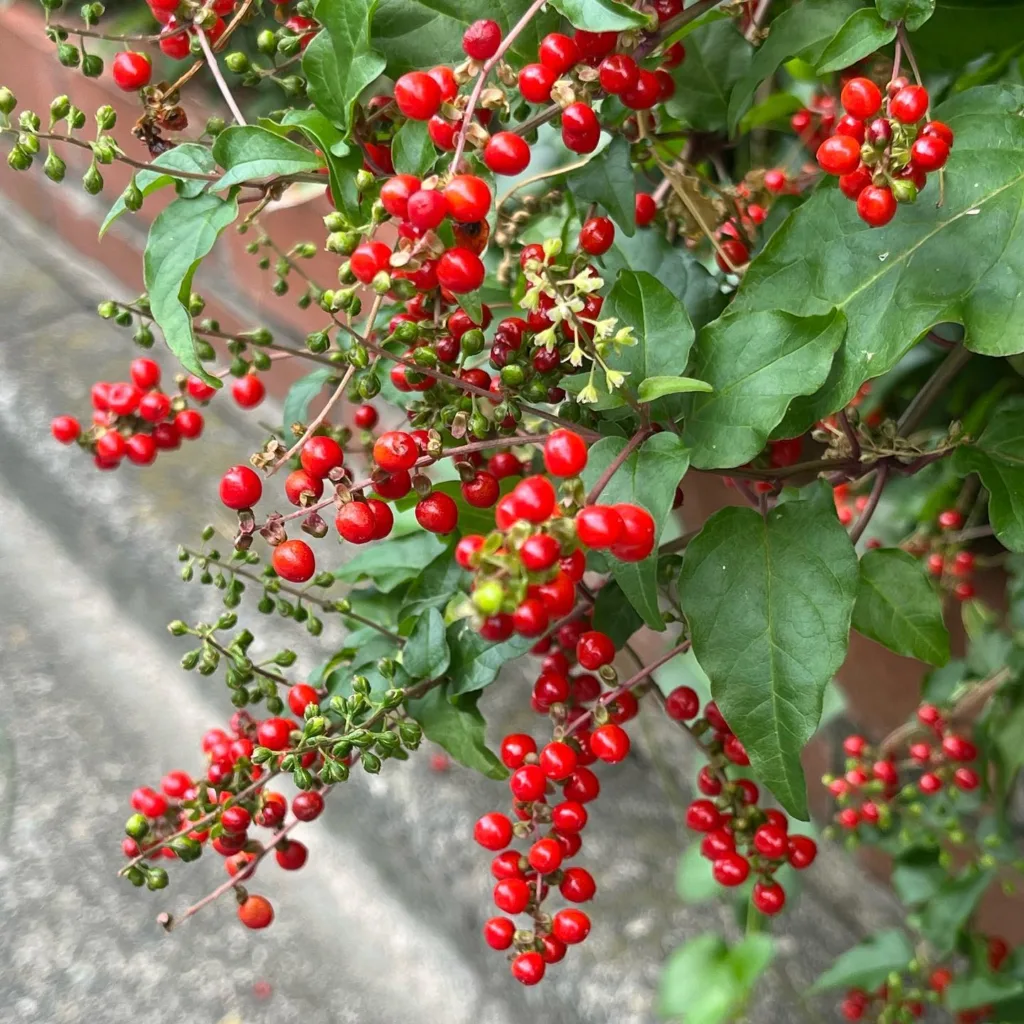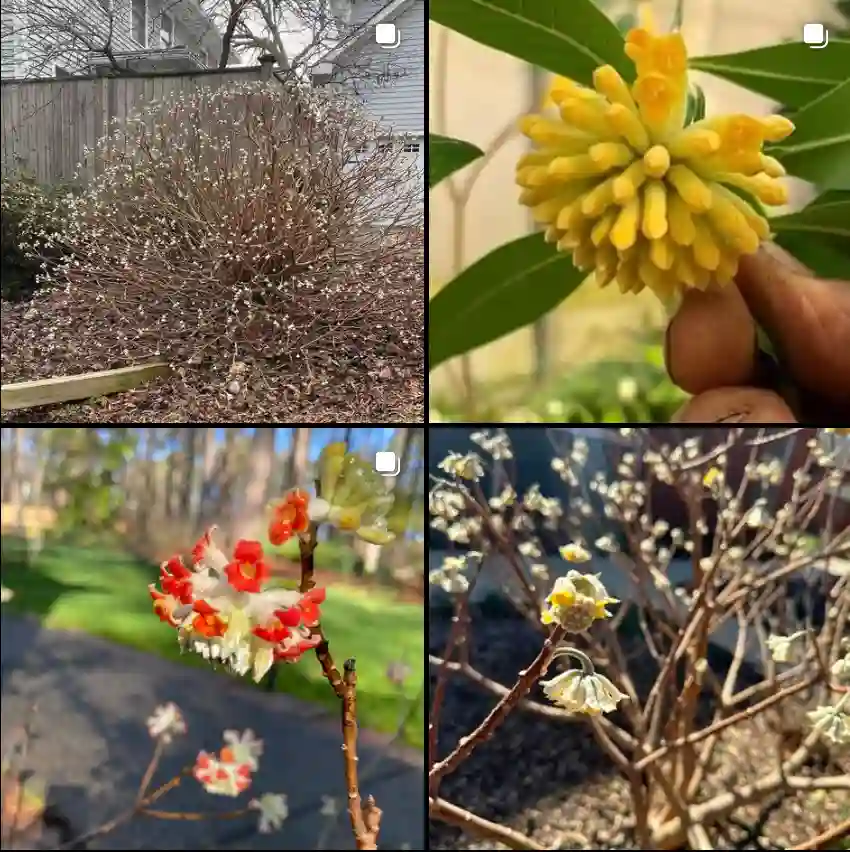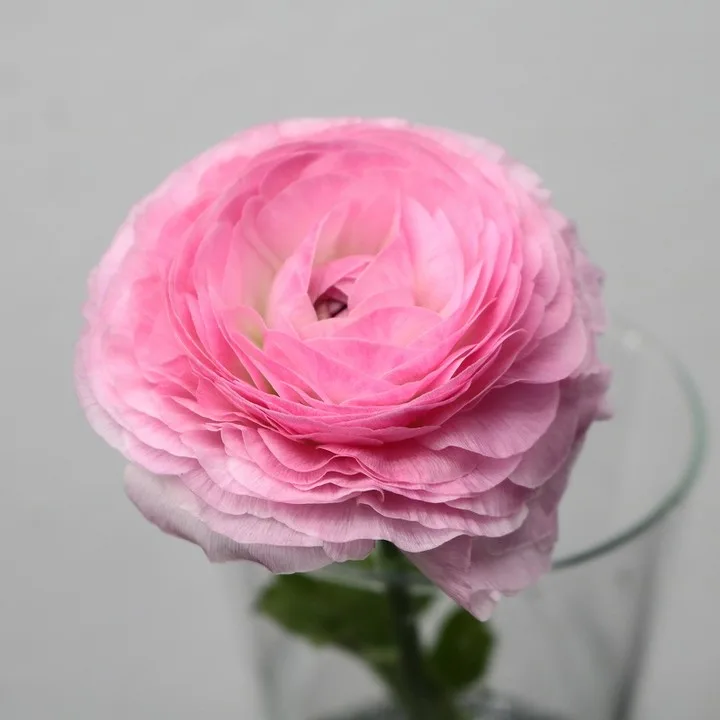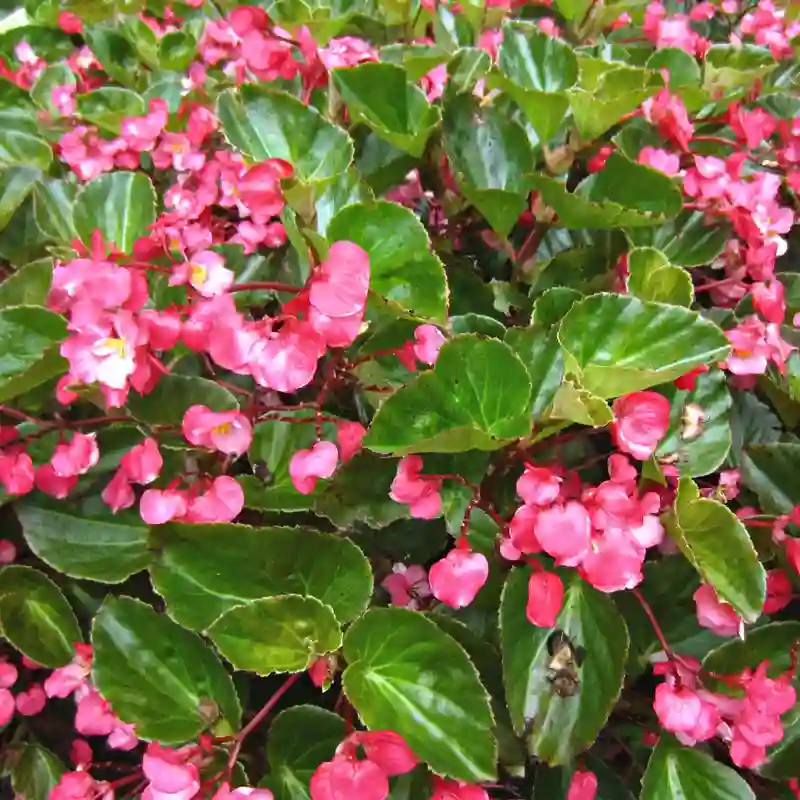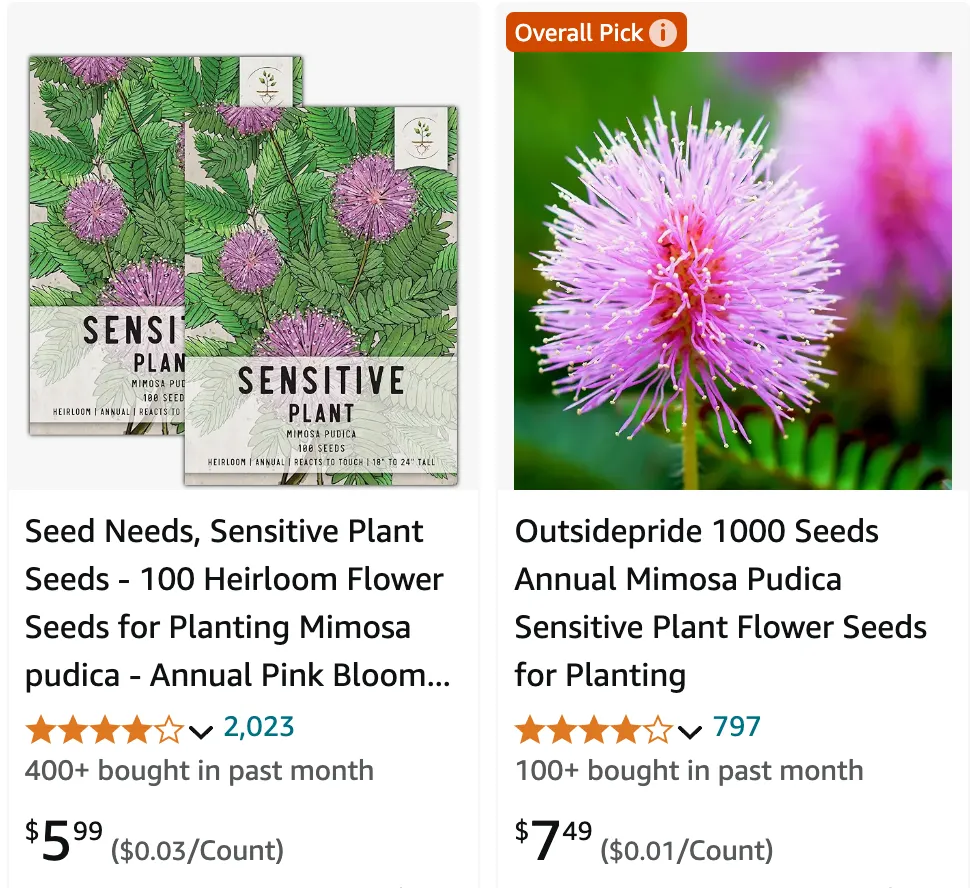
What is Mimosa Pudica?
Mimosa Pudica, commonly known as the sensitive plant or touch-me-not, is a fascinating plant species native to South America. It’s known for its unique response to touch, where its leaves fold inward and droop when disturbed, only to reopen a few minutes later. This plant belongs to the legume family and is often grown for its intriguing behavior and delicate, fern-like foliage.
611 Species in Genus Mimosa
Where to Buy Mimosa Pudica?
You can purchase Mimosa Pudica from various nurseries, garden centers, and online plant stores. Websites like Amazon, Etsy, and specialized plant retailers often carry seeds and live plants. It’s important to buy from reputable sources to ensure you get healthy, viable plants or seeds.
How to Care for Mimosa Pudica?
Caring for Mimosa Pudica is relatively straightforward. Here are some essential tips:
- Light: Mimosa Pudica thrives in bright, indirect sunlight. Direct sunlight for a few hours a day is also beneficial.
- Water: Keep the soil consistently moist but not waterlogged. Water when the top inch of soil feels dry.
- Soil: Use well-draining, loamy soil. A mix of potting soil, sand, and perlite works well.
- Temperature: This plant prefers warm temperatures between 70-85°F (21-29°C).
- Humidity: Mimosa Pudica likes high humidity. Mist the plant regularly or place a humidifier nearby.
Is Mimosa Pudica a Weed?
In some regions, Mimosa Pudica can be considered a weed due to its rapid growth and ability to spread quickly. It can outcompete native vegetation, particularly in tropical and subtropical areas. However, in a controlled garden environment, it can be a unique and manageable addition.
Can You Grow Mimosa Pudica Indoors?
Yes, you can grow Mimosa Pudica indoors. It’s an excellent choice for a houseplant because of its interactive nature. Ensure it receives plenty of bright light, and maintain high humidity levels to mimic its natural environment. Growing it in a pot with good drainage will help manage its moisture needs.
How to Propagate Mimosa Pudica?
Propagating Mimosa Pudica is typically done through seeds. Here’s how:
- Seed Preparation: Soak the seeds in warm water for 24 hours to soften the hard seed coat.
- Planting: Sow the seeds in a well-draining seed-starting mix, covering them lightly with soil.
- Watering: Keep the soil consistently moist until the seeds germinate, which usually takes 1-2 weeks.
- Transplanting: Once the seedlings are large enough to handle, transplant them into individual pots or a garden bed.
Do Mimosa Pudica Leaves Close at Night?
Yes, Mimosa Pudica leaves close at night in a process called nyctinasty. This is a natural phenomenon where the plant conserves energy and reduces water loss during the night. The leaves reopen in the morning when exposed to light.
Does Mimosa Pudica Contain DMT?
Mimosa Pudica does not contain DMT (Dimethyltryptamine). This confusion often arises from its association with other Mimosa species, such as Mimosa Hostilis, which do contain DMT. Mimosa Pudica is primarily known for its medicinal properties and unique movement response.
Does Mimosa Pudica Have Thorns?
Yes, Mimosa Pudica has small, sharp thorns along its stems. These thorns can be a bit of a nuisance, so handle the plant with care, especially when pruning or repotting.
Does Mimosa Pudica Kill Candida?
There is some anecdotal evidence and preliminary research suggesting that Mimosa Pudica may have antifungal properties that could help in managing Candida infections. However, more scientific studies are needed to confirm these claims.
Does Mimosa Pudica Kill Parasites?
Mimosa Pudica seeds are believed to have antiparasitic properties. They contain compounds that can help expel intestinal parasites. This has been utilized in traditional medicine, but consulting with a healthcare professional before using it for such purposes is crucial.
Mimosa Pudica vs Hostilis?
Mimosa Pudica and Mimosa Hostilis are different species with distinct characteristics. Mimosa Pudica is known for its sensitive leaves that close when touched, while Mimosa Hostilis is recognized for its bark, which contains DMT and is used in traditional medicine and rituals. They are often confused due to their similar names but have very different uses and properties.
Mimosa Pudica vs Mimosa Tree?
The Mimosa Tree, or Albizia julibrissin, is another species often confused with Mimosa Pudica. The Mimosa Tree is a larger ornamental tree known for its beautiful, fluffy pink flowers and fern-like leaves. In contrast, Mimosa Pudica is a smaller plant with sensitive leaves and does not produce large flowers. The Mimosa Tree is typically grown for its aesthetic appeal, while Mimosa Pudica is valued for its interactive foliage.
What to Plant with Mimosa Pudica?
When choosing companion plants for Mimosa Pudica, consider those that share similar light, water, and soil requirements. Suitable companions include:
- Ferns: They thrive in similar light and humidity conditions.
- Begonias: These plants enjoy the same soil moisture levels.
- Spider Plants: They are hardy and adapt well to various conditions, complementing Mimosa Pudica’s care needs.
How to Handle Mimosa Pudica Thorns?
Handling Mimosa Pudica’s thorns requires caution. Wear gloves when working with the plant, especially when pruning or repotting. Using tools like tongs can also help manage the plant without direct contact.
Conclusion
Mimosa Pudica is a captivating plant with its sensitive leaves and unique responses. While it requires some specific care, its fascinating behavior makes it a rewarding addition to any garden or indoor plant collection. Whether you’re interested in its medicinal properties or simply want a plant that reacts to touch, Mimosa Pudica offers a unique gardening experience.
If i die, water my plants!
